Landscape Planning and Design in Mountain Environments IS Different! - Part Three

In some ways Landscape Design in warmer climates is similar, but in many ways, it is VERY Different! A number of factors play into the planning and design of mountain landscaping. Following are areas where the differences affect design and planning so that Mountain Landscape Projects can not only survive but thrive.
In Part Three we discover what grows in mountain environments and special considerations for a healthy cultivated landscape.
What Grows Here?
- Look around you, maybe while on a hike or bike ride – take cues from the Native Landscape, before long you could be a local plant expert
- There are a lot of Special Endemics (native plants that are specifically suited to local conditions), such as Quaking Aspens, which people love, that do not survive nor thrive in warmer climates
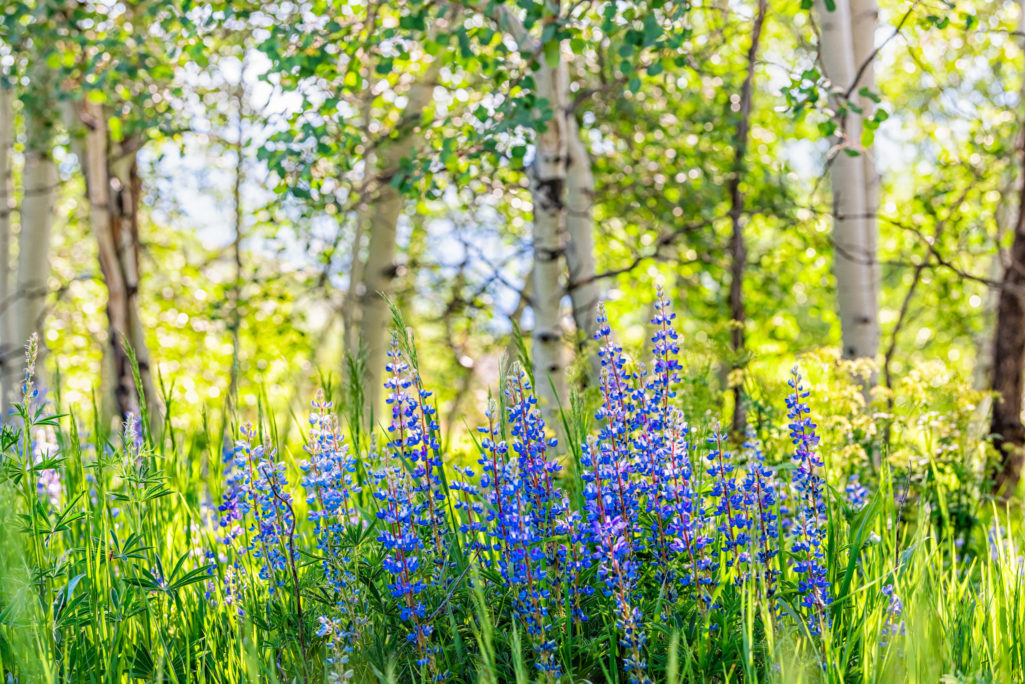
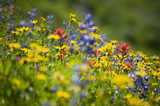
- You would be surprised at the variety of Native and Non-Native Plants suited to the mountain landscape
- Many favored adapted plants do very well in Snow County
- Those that are genus cousins to natives are a great place to start
- Native Perennial Wildflowers are often grown in nurseries and others are available by seed as well. Just be sure that seeds are gathered from ‘local sources’, within approximately 200 miles and a similar elevation and climate, to ensure adaptability to your site.
- Evergreen and Deciduous Shrub and Tree varieties are options for the mountain landscape
- Other considerations that differ in Mountain Landscapes:
- Know your Hardiness Zone – there are two well-known methods – the numbers differ but the breakdown is similar
- USDA Plant Hardiness Zone Maps cover the entire United States and their website has an interactive map https://planthardiness.ars.usda.gov/PHZMWeb/InteractiveMap.aspx
- Sunset Climate Zones are established by the Sunset Western Garden organization and focus mostly on the Western United States - https://www.sunsetwesterngardencollection.com/climate-zones
- When and where to use Annuals – can you cover them easily if an unexpected frost is predicted to protect them from damage? I use annuals in focal areas in easily moveable and/or coverable planters.
- Many Bulb species and varieties from Holland are very Hardy and are super easy to grow
- Be sure to plant in the fall unless they are frost sensitive then save them in a cool dry place until after the last frost of spring
- Daffodils, with their stunning happy color, are best used where deer and burrowing rodents are a problem.
- Microclimates in High Altitude Regions vary greatly within amazingly short distances and provide opportunities for varied and interesting planting schemes
- Observe sun and shade patterns, temperature variations, whether water is continually present (rivers or lakes), wind patterns, altitude differences to help determine microclimate conditions
- Typically lower elevations of a region – such as the Wood River Valley bottom in Idaho, or Martis Valley in Truckee, California, are considered ‘cold sinks’ where cool morning air pools and frost lingers in the early mornings, whereas in upper elevations and ‘inversion’ occurs and temperatures are not quite as cold and warms earlier in the morning. This occurs during clear weather. Storm cycles typically flip this temperature situation.
- Soils – aka ‘Dirt’
- Healthy soils are an important aspect of a successful landscape.
- Mountain soils, unless formed in meadow or deciduous forest locations, tend to be – well they generally stink! They typically require amending with organic matter and other materials to provide grounds for a successful start
- A soil test will help determine your needs for amendments and fertilizers
- Local nurseries are usually a great resource for materials appropriate for your locale.
- Know your Hardiness Zone – there are two well-known methods – the numbers differ but the breakdown is similar
Can I Grow a Vegetable Garden?

- YES!! Absolutely!
- Know your microclimate and late and early frost dates
- Consider starting some varieties indoors in ahead of your regions growing season
- There are methods for extending growing seasons
- Cold Frames, Hot Beds and Greenhouses
- Special considerations like cold season crops and quick fruiting plants are helpful
- Many tomatoes, for instance, will not complete their cycle in short growing seasons
- I know you love tomatoes – but what can you do?
- Small varieties like cherry tomatoes are super easy to grow
- Start larger fruiting plants early indoors
- Fast growing and cool season roots and vegetables do well in most mountain settings
- Kale, cabbage, spinach, radishes, peas, leafy greens like arugula, and broccoli are some of the choices for a mountain vegie garden
- Study what are good Companion Plant Neighbors and know which plants should be kept separate
- Tomatoes and Strawberries and Marigolds are great companion Plants
- Beans and Sunflowers are not
- There are hundreds of references on the internet about companion planting, and if you are a Pinterest fan you might want to start there – the Burpee Seed website is not only a great resource for seeds and started plants, tools and growing supplies but a wealth of information – go here to learn more about Companion Planting and other info – be sure to give yourself some time: https://www.burpee.com/gardenadvicecenter/areas-of-interest/flower-gardening/companion-planting-guide/article10888.html
- Also think berries, grapes and other hardy fruits
- Consider dual purpose plants that are edibles and have ornamental value for use in the larger landscape scheme like strawberries as a groundcover and rhubarb or chard for big accent plants
- Get in the habit of checking nighttime temperature forecasts
- One late or early frost can ruin a lot of hard work and dash enthusiasm in no time flat
- Know what to do to protect you crops and annuals from frost
Can I Grow Fruit Trees?
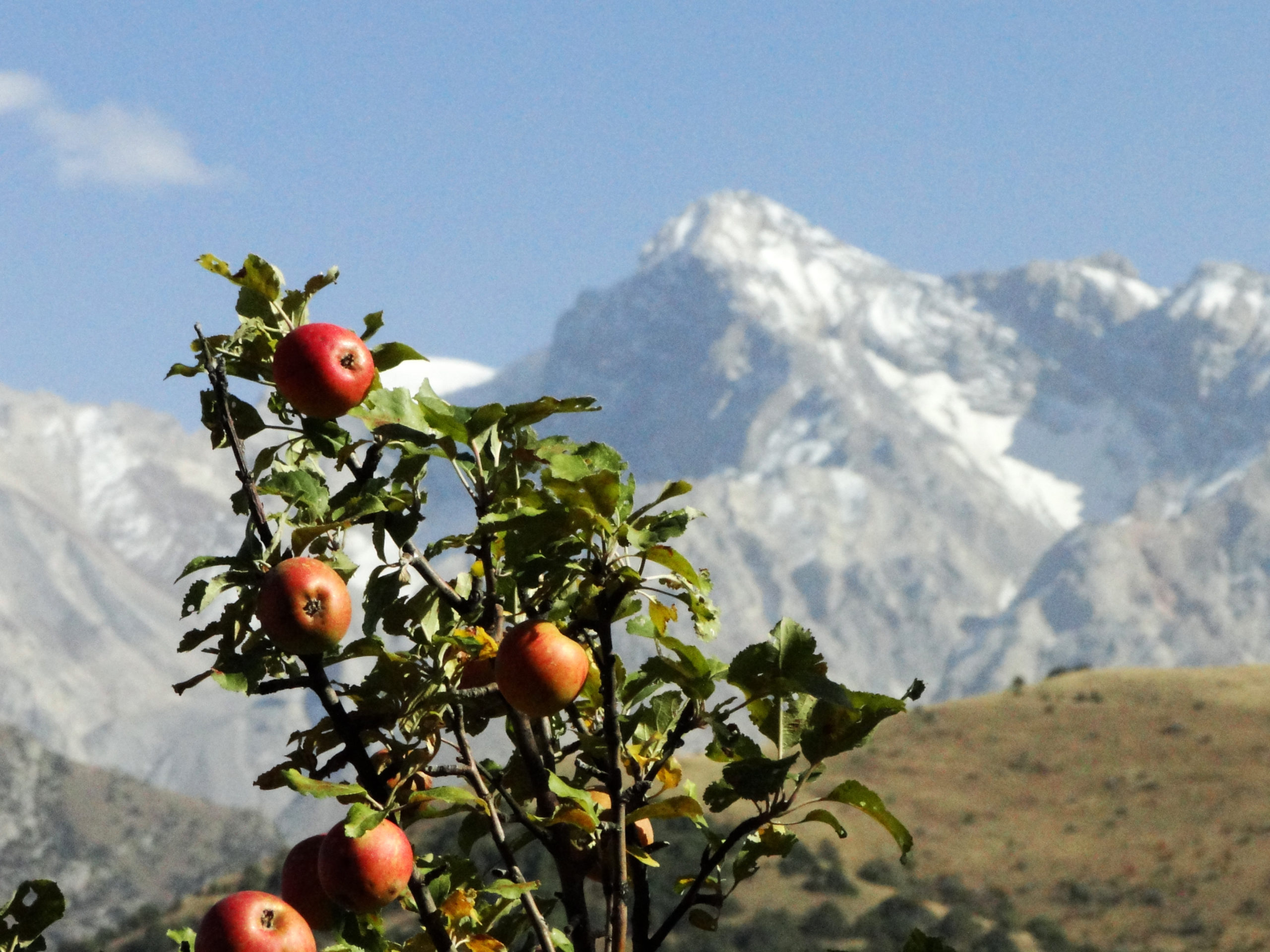
- YES! Again!
- Depending on your microclimate here are some choices:
- Apples – many varieties and grafted plants are widely available
- Crabapples
- Be sure that you are getting varieties that produces fruit – some ornamental varieties are fruitless or produce very small useless fruit unless you are trying to attract birds
- Peaches
- Pears
- Plums
- Apricots
- Sweet Cherries
- Nuts – some Walnuts, Hazelnuts and Pecan
- Don’t get your hopes up about these:
- Other Nut trees, especially tropical varieties
- Citrus
- Persimmons
- Avocados
- Some species require that two or more differing species of the same genus be planted near each other in order to pollenate and pear fruit – check with your Local Nursery Person to learn which available plants require this
- In Sierra locations, where wet heavy snow can damage trees, protect limbs from breakage by wrapping them in the fall once leaves and fruit have dropped.
I hear Pollinators are important – how can I attract Pollinators
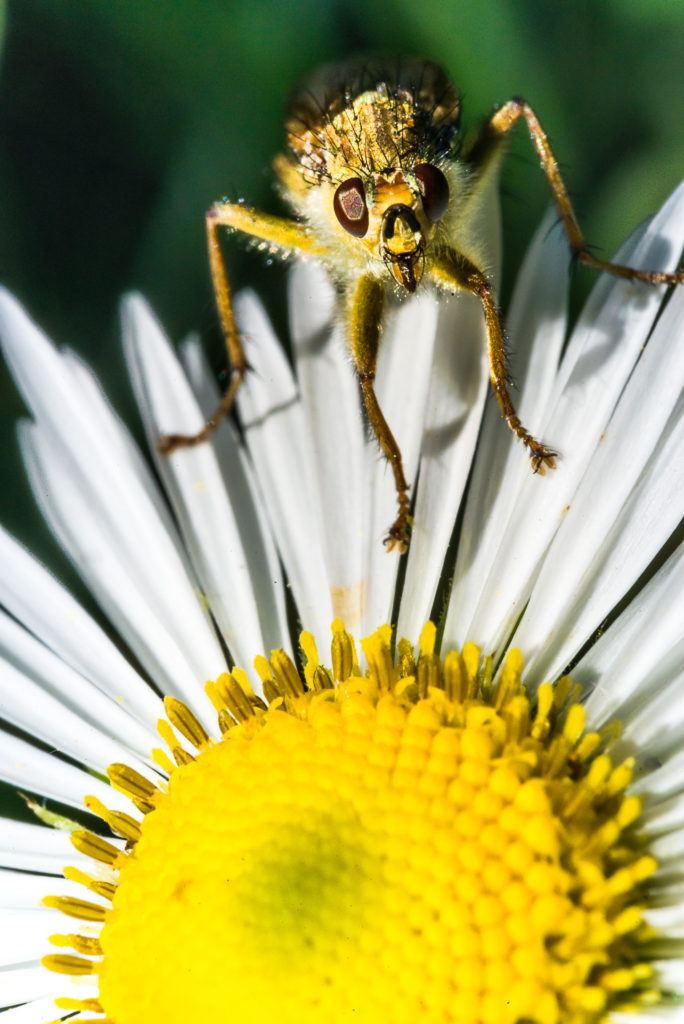
- Bugs, including flies, Bees, Butterflies and Birds are all pollinators
- They work by transporting pollen from plant to plant by means of a number of methods depending on who they are.
- Some bugs are also good bad pest controllers as well
- They are a major contribution to Sustainable Landscapes
- Variety of Plants that attract
- Vegetation Introduction Choices will determine which pollinators are attracted
- If you are a Hummingbird fan choose plants like Salvias, Honeysuckle, Fuchsias and Scarlet Gilia a prevalent mountain wildflower – pictured below
- Vegetation Introduction Choices will determine which pollinators are attracted
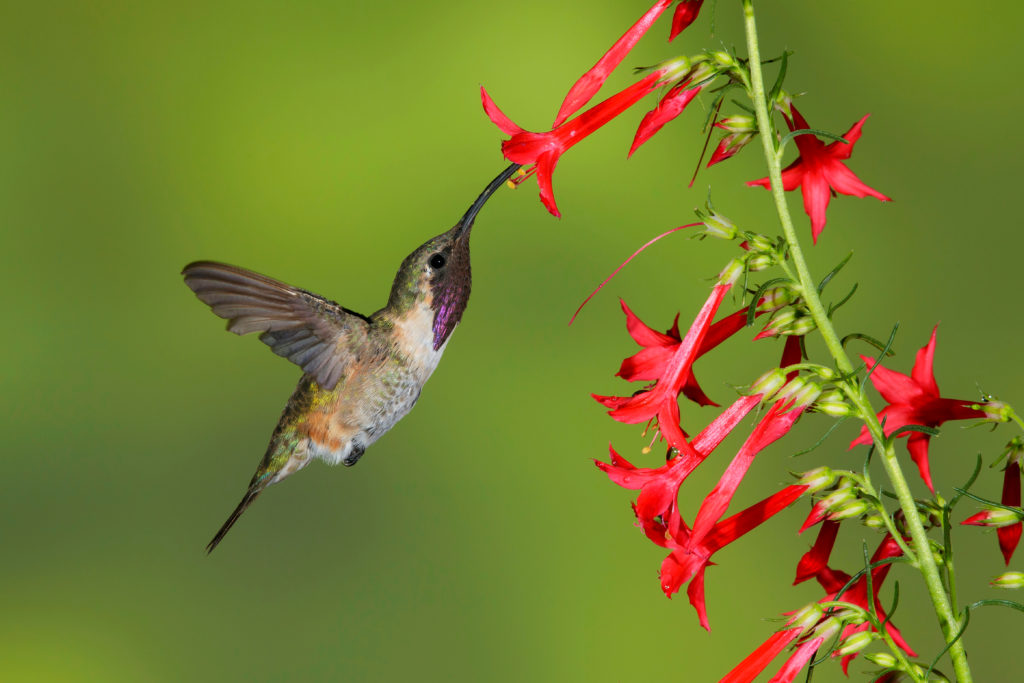
- Use care when choosing pest management techniques, many can harm pollinators
- Bee populations are very much endangered by chemical pesticides
- Pollinators bring life to the garden with their sights and sounds
- Beautiful and fun to watch
- Kids love them
- They may even help you with your seed source for next year’s crops.
In Part Four there is more information on the benefits of Healthy Soils.

